This Thanksgiving marks the official 100-year anniversary of the University of Texas football stadium. It’s had a few different names over the years (we’ll get into that later) and, more importantly, the stadium isn’t where things started for the UT football team. This is more of a meandering through how the stadium came to be and then a look at the evolution after the construction. So, while the stadium is celebrating its 100th birthday this Thanksgiving, this is a walk through 141 years of history in the making.
On December 4th, 1883, less than 3 months after the opening of the University of Texas to students, the first “football” game was played between first year UT students and Jacob Bickler’s Texas German & English Academy on a grassy hill just North of the Capitol on a patch of pastureland near the present-day Blanton Museum of Art. A fellow named Yancy Lewis, a law student who would later become Dean of the Law Department, organized the game. When UT lost 2-0 to a group of high schoolers, interest in football (which was really more like rugby) waned.
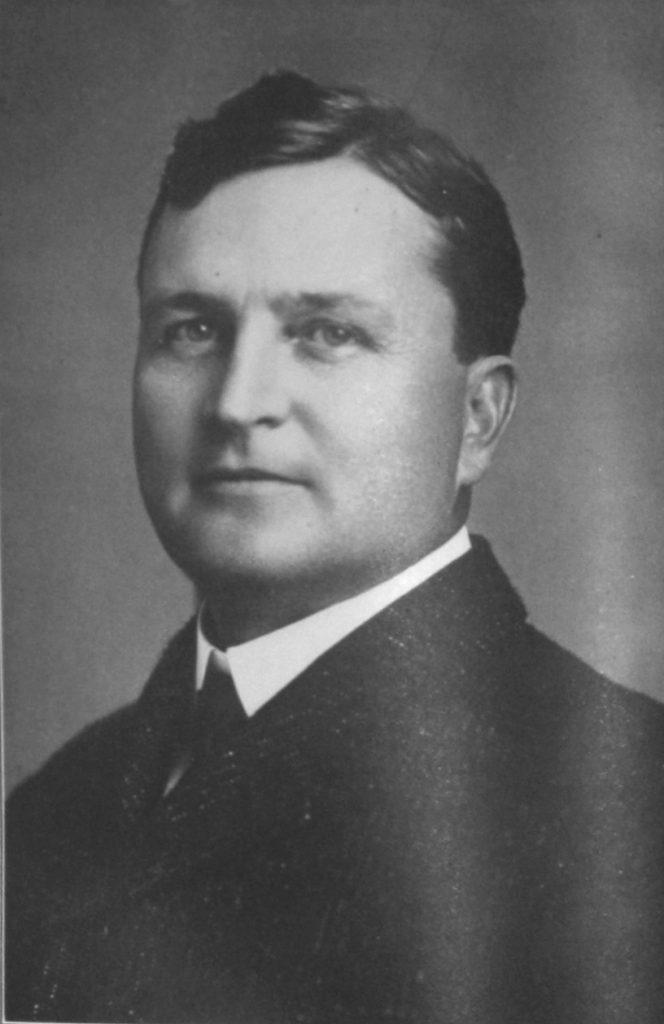
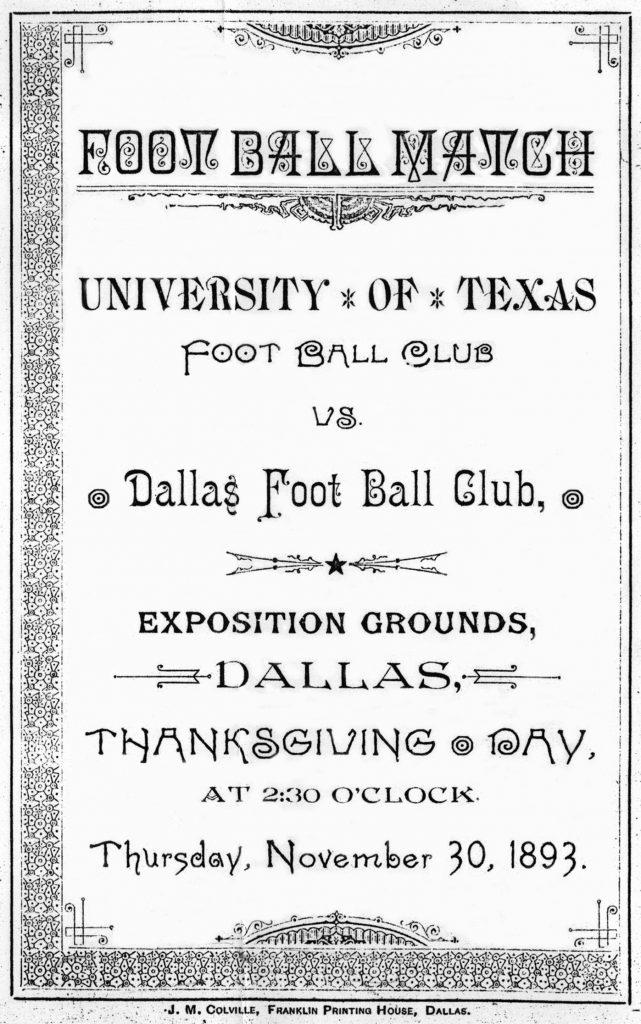
By 1887, Universities in the Northeast like Princeton, Yale, and Harvard all had football squads that had become popular and drew large crowds. During that time, football on the UT campus hadn’t quite taken hold but men’s football clubs had been established in Dallas, San Antonio, and Galveston. In the Fall of 1893, UT fielded its first official foot ball team. On Thanksgiving Day in 1893, UT’s squad was a last minute substitution for an Arkansas team that had to cancel against the powerhouse Dallas Foot Ball Club. The UT team and its supporters took the train to Dallas and pulled off an 18-16 upset in front of 1,500 fans. This success propelled football frenzy forward and UT hosted The Football Club of San Antonio on December 16, 1893, the first “home” football game.
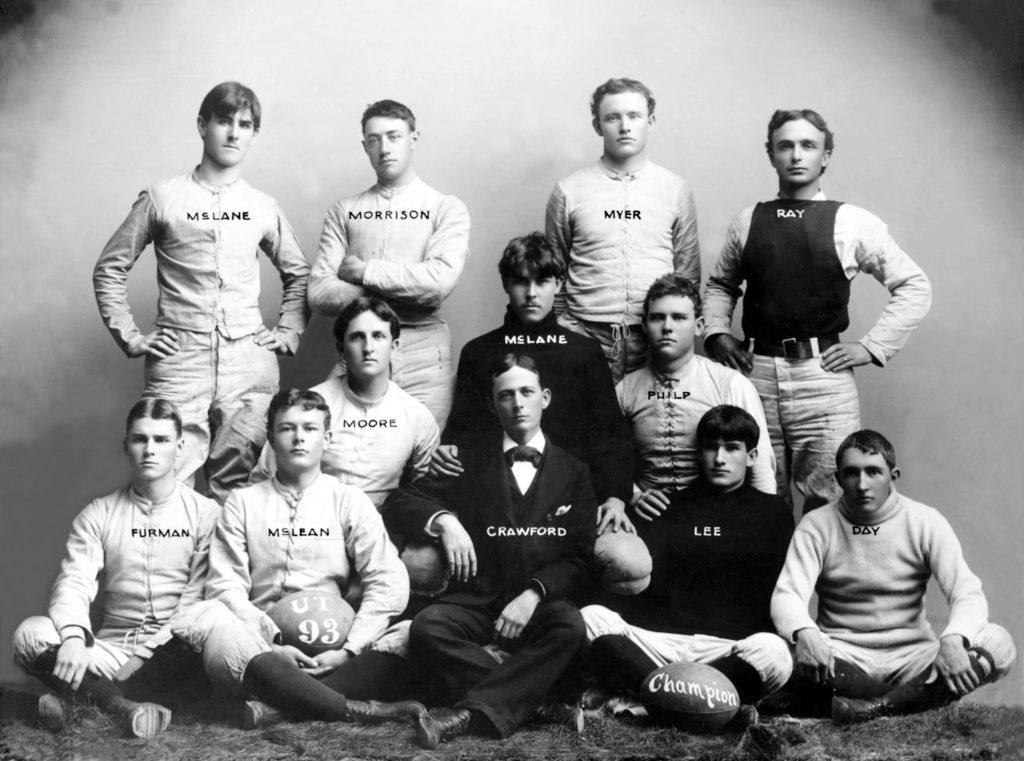
Football practice was held on the NW portion of campus where the Texas Union building currently stands but the field lacked the quality required for a formal game. The UT team acquired access to the professionally groomed fields at the new Zoo Park on the Colorado River, what is now the LCRA complex next to the Tom Miller Dam (across the street from Hula Hut). Captains Paul McLane & James Morrison and Ray McLane. 600 fans attended. After this historic event in December of 1893, the Austin Statesman declared, “Well, the foot ball fever has struck Austin at last.”
In 1894 the location of the football field moves to 2 miles north of campus to a roped-off field near famed sculptor Elisabet Ney’s home on approximately 44th Street in Hyde Park. Stalwart fan & UT Chemistry Professor Edgar Everhart grows tired of traveling to Hyde Park & begins urging UT for a permanent stadium just east of campus. Unfortunately, the project stalls when Everhart leaves UT. By 1899, students use a 3 ½ acre vacant lot east of campus on 24th Street and Speedway, but the owner, Mr. de Cordova, asks the University to purchase the field for $3,000 or he would divide the property and sell it. The students raise $1,300 and the faculty make the first $1000 payment to the City “National Bank of Austin” who holds the note for the ‘Varsity Field. Fun side note, ‘Varsity comes from “University” (pronounce it in your head like Univarsity). By 1901, the last of the $3,000 payments are made to de Cordova for his field and UT has a permanent home for football games.

In 1904, the editor of the Texan, D.A. Frank begins using the name Clark Field in honor of proctor, librarian, bursar, registrar, groundskeeper, and friend to all, “Judge” James Clark, in the student newspaper and students begin a letter writing campaign in support. It gains acceptance and the name sticks. By 1907, football is so popular at UT that the game against Texas A&M draws 6,000 fans. Despite adding stands, they have outgrown Clark Field’s capacity. There are several significant events that occur on campus in the next several years that involve H.J. Lutcher Stark. He becomes the football manager, arranging games and is instrumental in the hiring of L. Theo Bellmont, UT’s first Athletic Director. Stark and Bellmont take on the challenge of the construction of a new stadium. In 1914 the UT Longhorns have a perfect 8-0 season and are proclaimed National Champions and Bellmont is instrumental in the formation of the Southwest Conference.
And now we get to the actual stadium itself. In Spring of 1917, WWI intrudes and 1/5th of UT’s male students and faculty go off to fight. Letterman Jordan, Edmond, Kane, Wallace, Gree, and Higginbotham are among 91 students, alum, and faculty killed. By November of 1923, football coach Doc Stewart’s moto “For Texas I will” rallies students, faculty, alumni, and legislators to fundraise for the new War Memorial Stadium to honor Texas WWI veterans. April 4, 1924, ground is broken for the new stadium and on June 20th, the first cement is poured. On October 3rd, Doc Stewart’s Longhorns practice in the stadium for the first time, on October 25th UT ties the Florida Gators 7-7 in the last Varsity football game played at Clark Field, and on November 8th, UT gets beaten by Baylor (eventual SWC Champs) 28-10 in the first game held in War Memorial Stadium.
The days leading up to the stadium dedication are filled with excitement and anticipation. There is a student rally, a bonfire, and a parade through downtown Austin. On November 26th, Dean Taylor dedicated the flagpole in honor of Louis Jordan, standout and Captain of the 1914 team and the first Texas officer killed in action in WWI. A large bronze plaque with the names of all the Texans killed in WWI was also unveiled. War Memorial Stadium officially opens on Thanksgiving Day with a 7-0 victory over Texas A&M in front of a reported 37,000 fans (the stadium had seats for 27,000).
There were several changes made to the stadium over the next 50 or so years. In 1926, the north side of the stadium was enclosed to make a horshoe and raised capacity to 40,500. In 1948, after losing several former players in WWII, including coach Jack Chevigny, the stadium was rededicated as Memorial Stadium in memory of the men and women who died in the war. Lights were added in 1955 so night games could be played. In 1977, seating capacity had grown to 77,809 with the continued popularity of football and, after the Korean and Vietnam Wars, the stadium was rededicated as the Texas Memorial Stadium in the memory of all alumni in all American wars.
The arms race amongst college football programs saw the addition of multimillion dollar upgrades to the stadium, including the Vernon F. “Doc” Neuhaus-Darrell K Royal Athletic Center, Football Academic Center, Hall of Fame, player locker rooms, several iterations of the scoreboard to Godzillatron (viewable from space probably) and the current massive video board, and the enclosures of both the North and South End Zones that include over 100 luxury suites. In 1996, coaching legend Darrell K Royal’s name is added to the stadium, making it the DKR-Texas Memorial Stadium. The track was taken out of the stadium and given its own home at Mike A. Myers Stadium in 1999. Current seating capacity is 100,119 and this year, DKR-Texas Memorial Stadium got new burnt orange LED lighting and a new SEC logo.
As the stadium celebrates its 100th Thanksgiving and its legacy grows, DKR-Texas Memorial Stadium stands as more than just a venue for football—it is a testament to the resilience, pride, and evolution of the University of Texas community. Over the years, it has borne witness to the victories, challenges, and milestones of both Texas Longhorns and American history, adapting with each generation while honoring those who came before. From its early days on rugged pastureland to the sprawling, state-of-the-art facility it is today, the stadium encapsulates 141 years of ambition, tradition, and collective spirit. With every game, it continues to echo the voices of past players, dedicated fans, and UT legends, reminding us that the heartbeat of Texas football, like the stadium itself, only grows stronger with time. Here’s to the next century under the burnt orange lights.
Special thanks to UT Athletics Photo Collection. Click here to see a new online exhibit and timeline on the history of Texas Memorial Stadium.


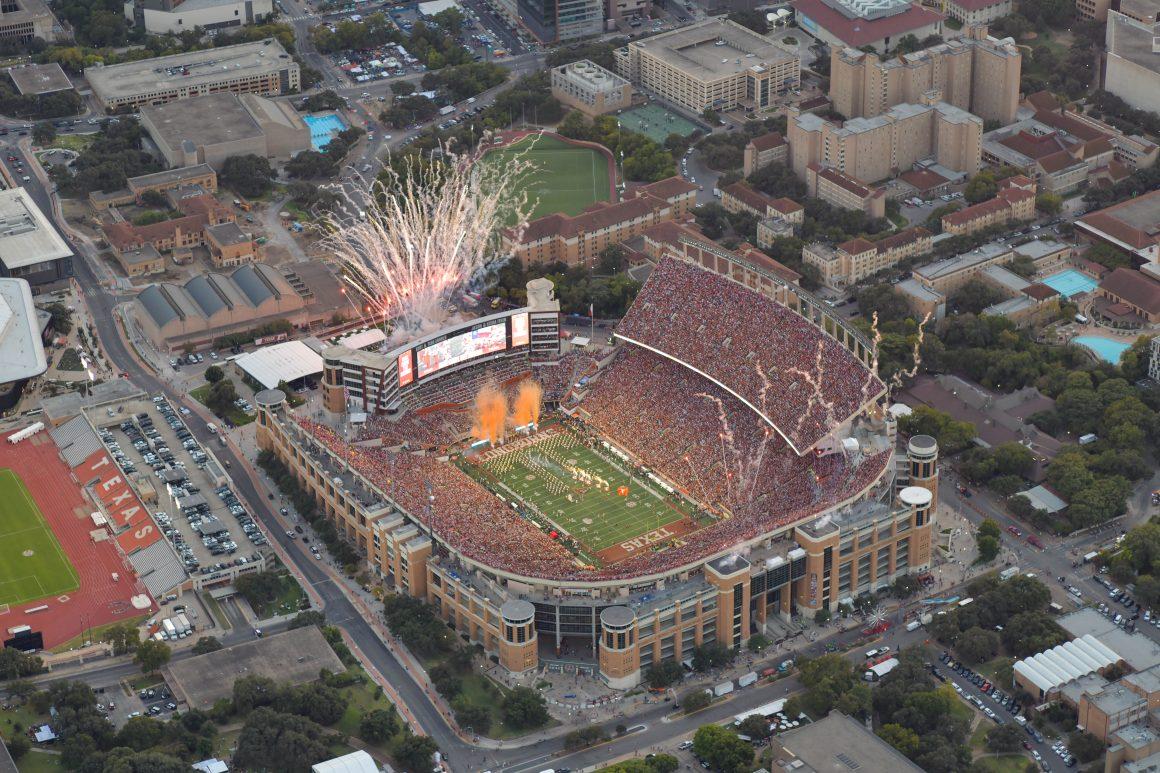
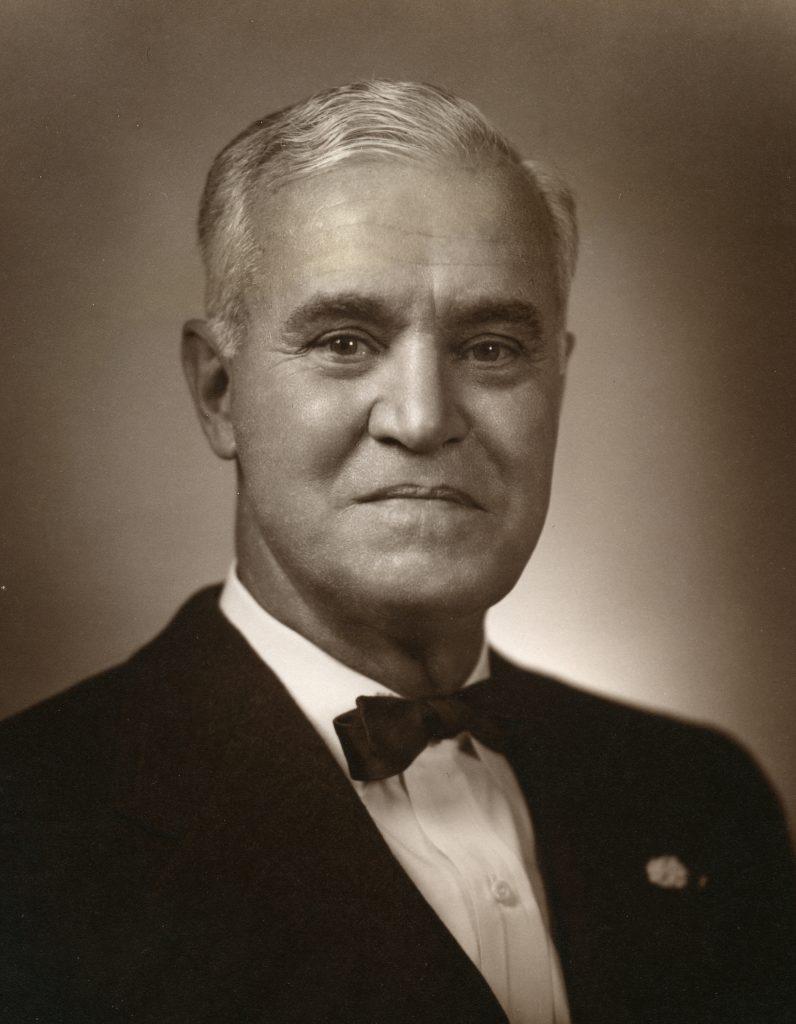
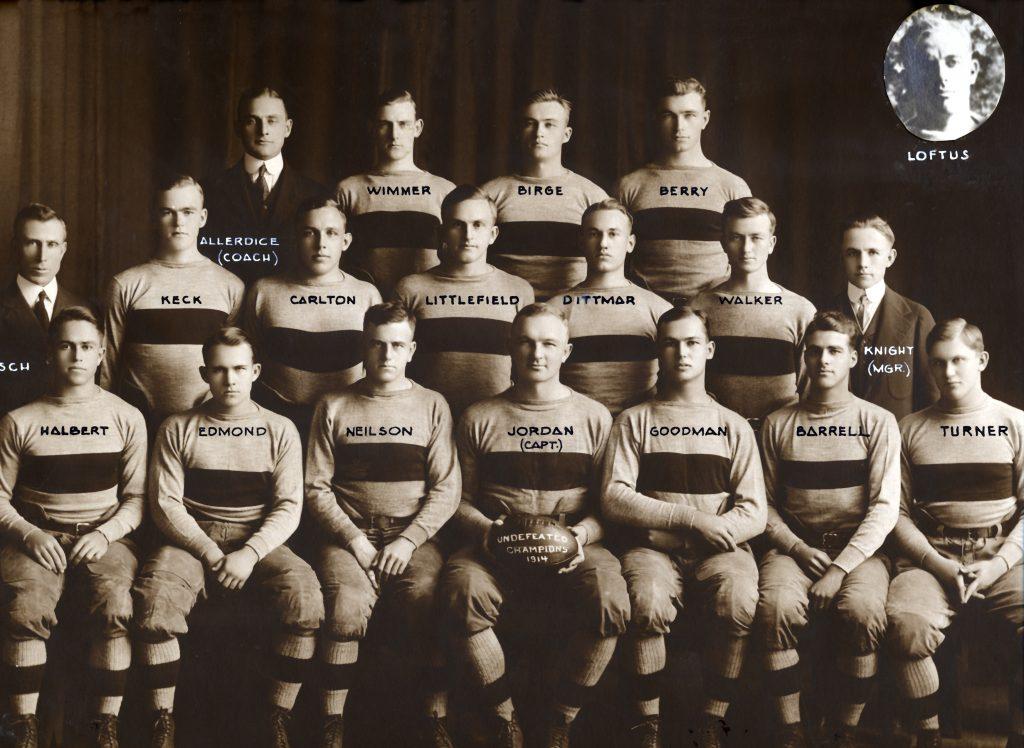
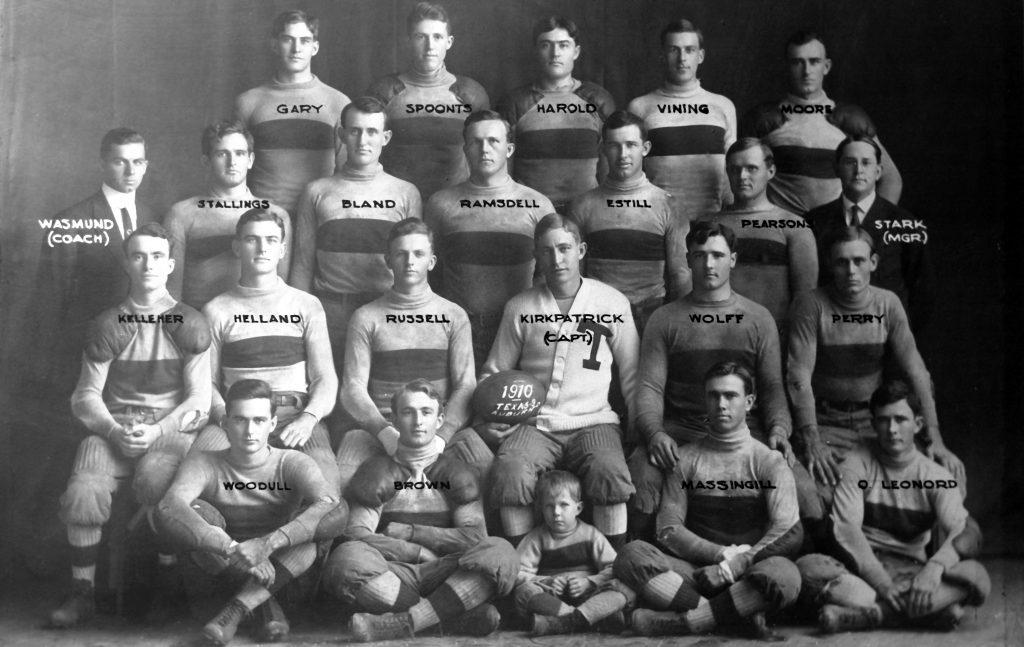
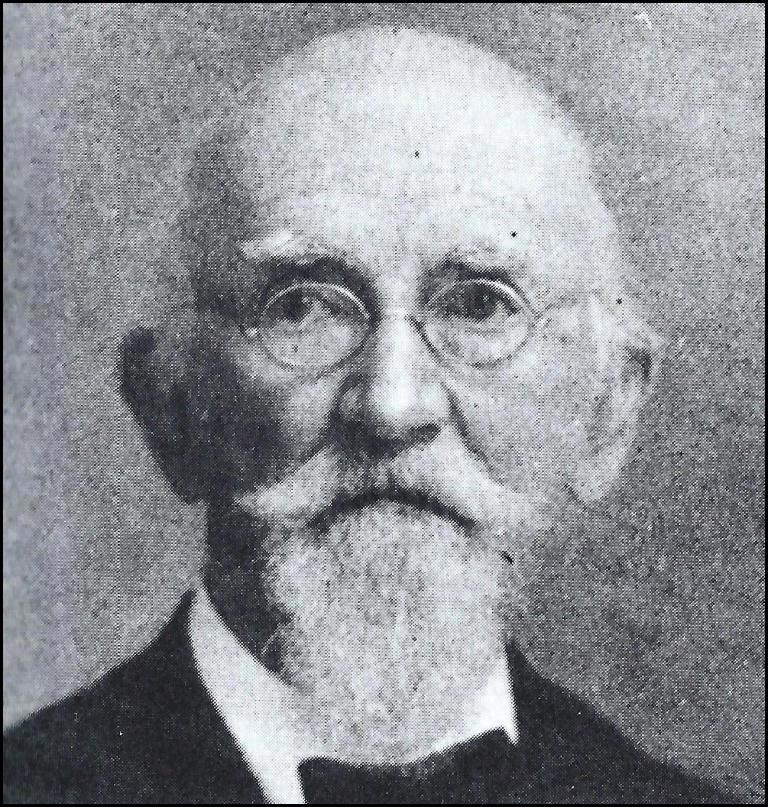
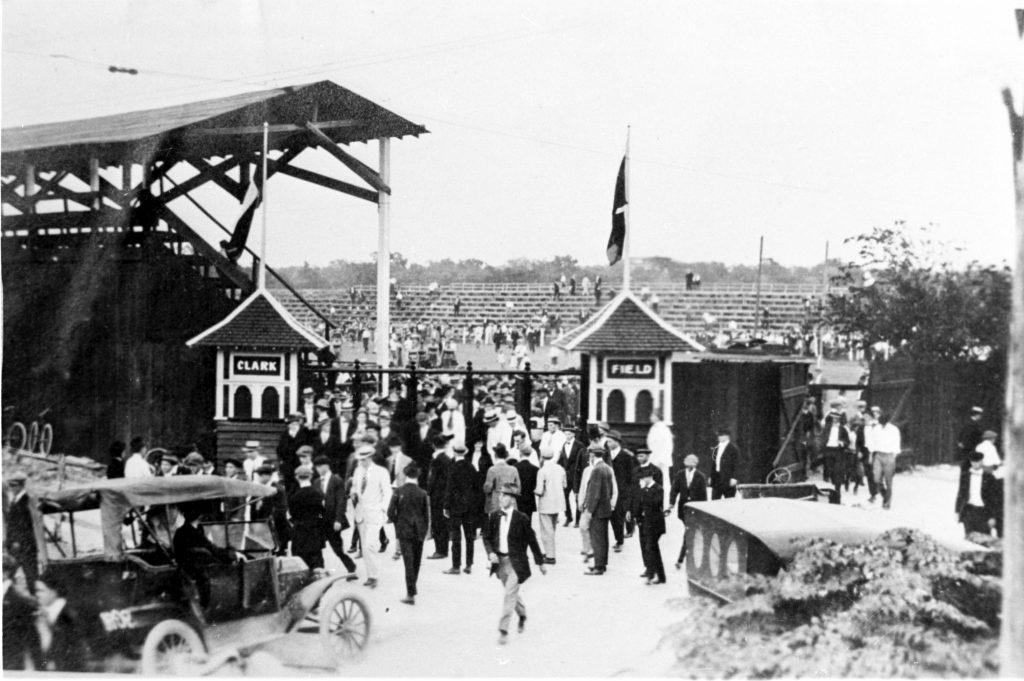
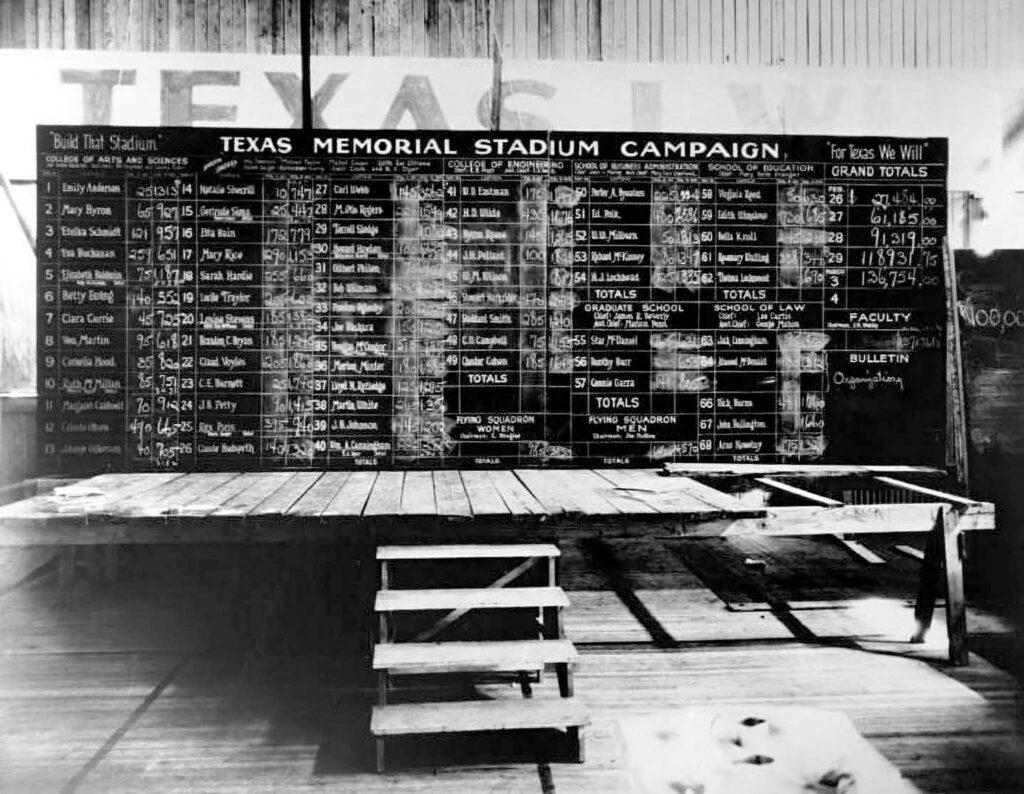
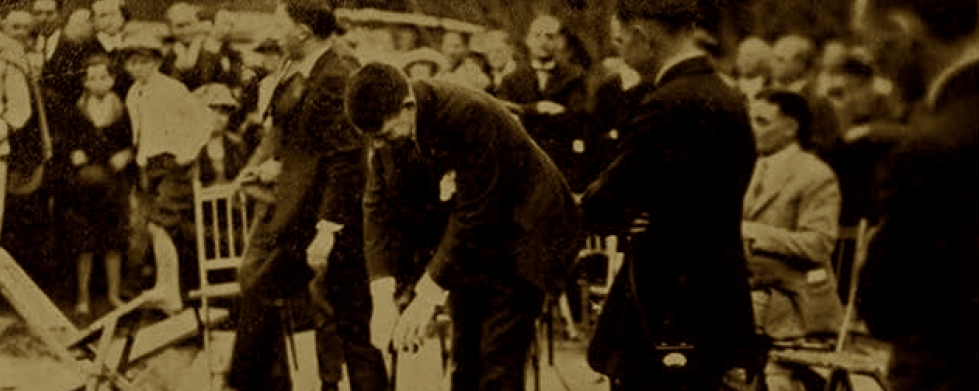
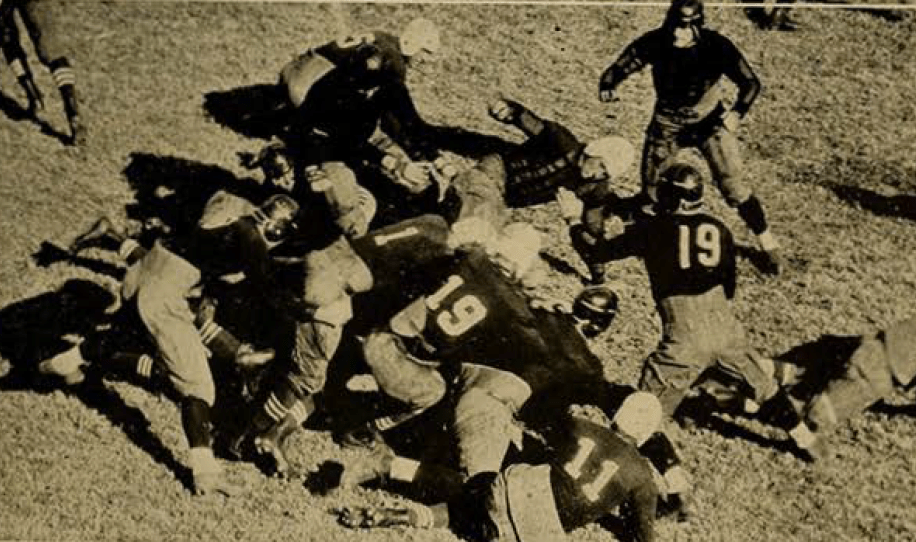
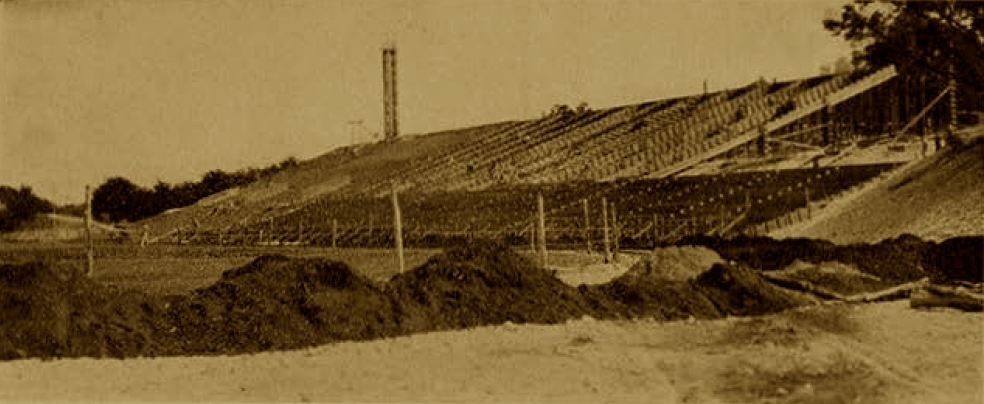
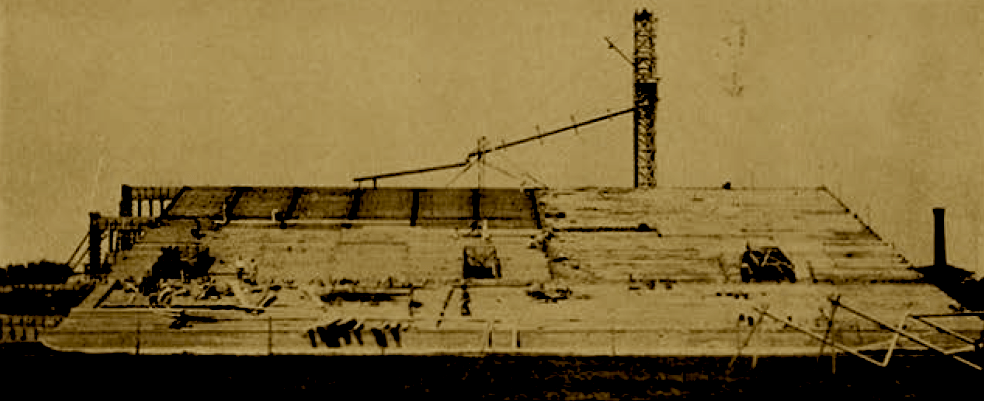
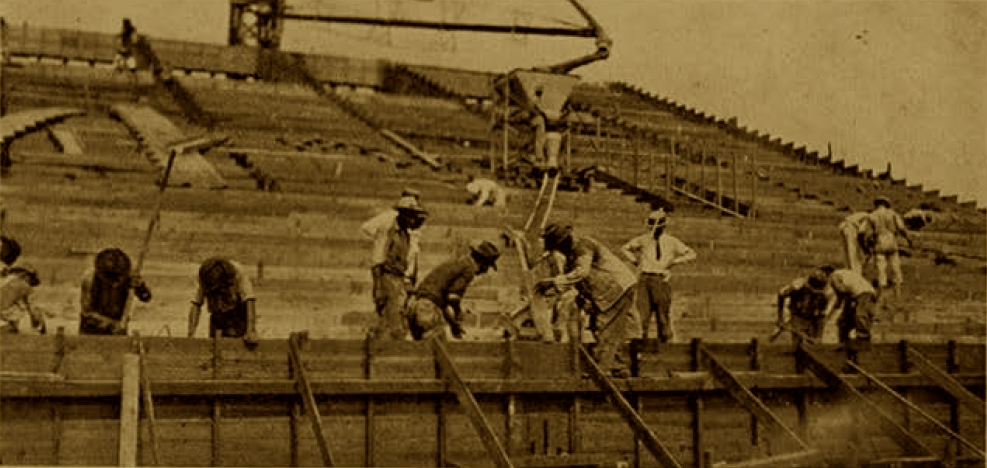
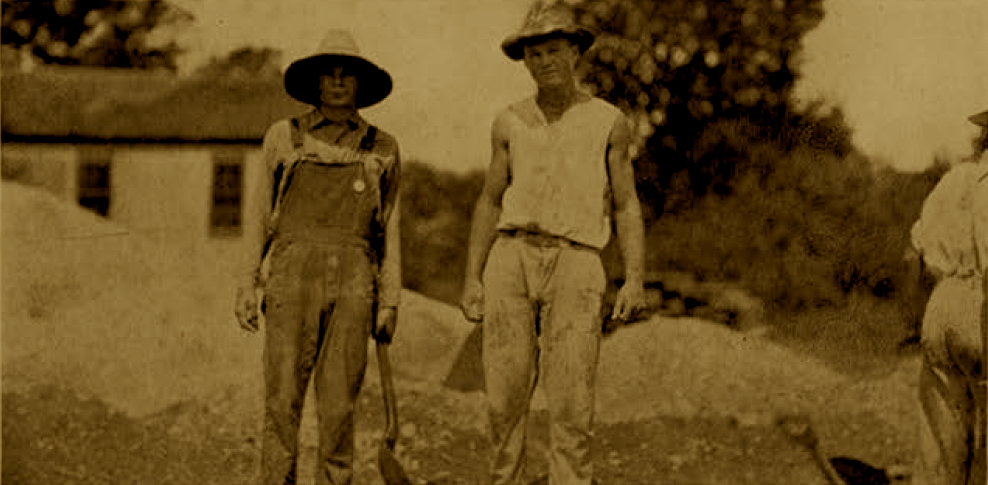
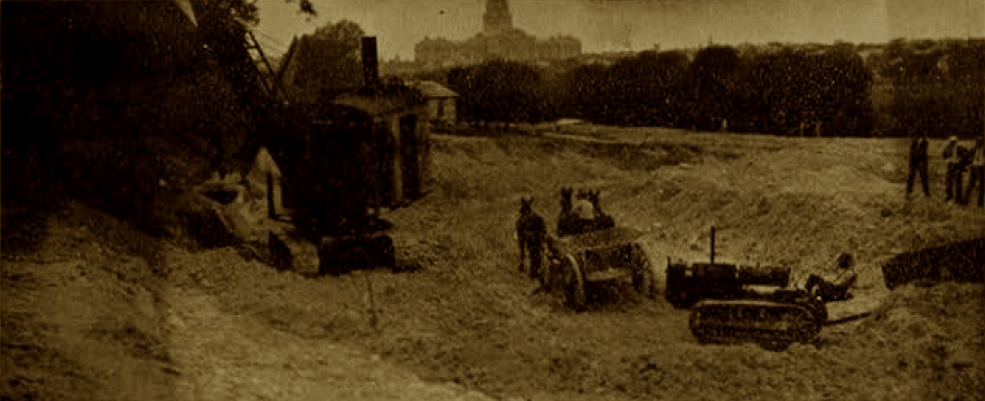
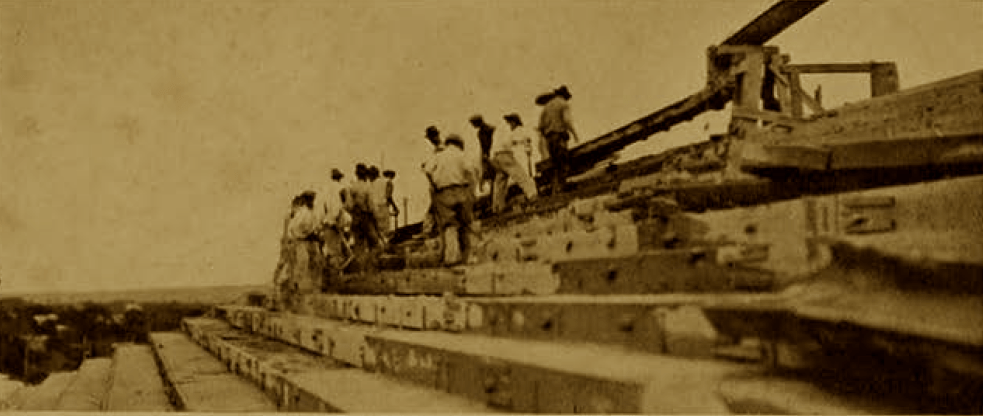
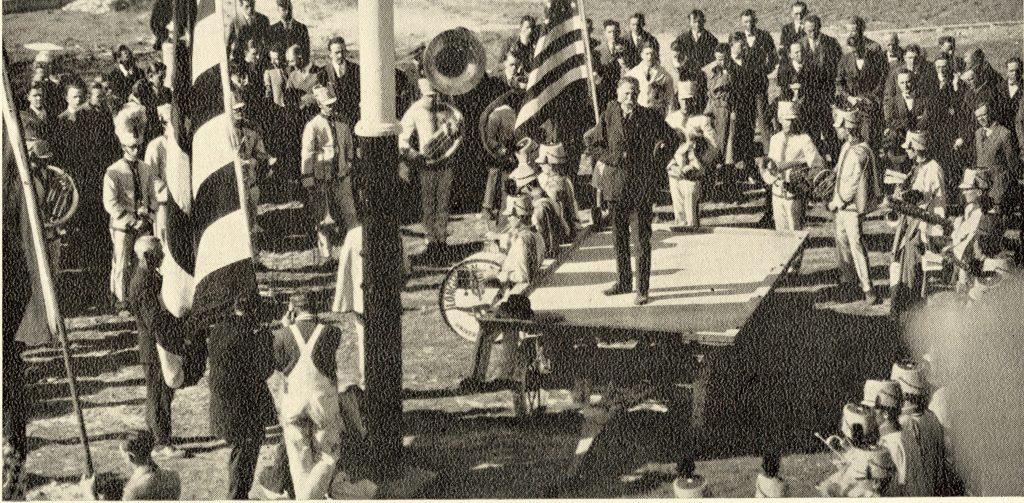
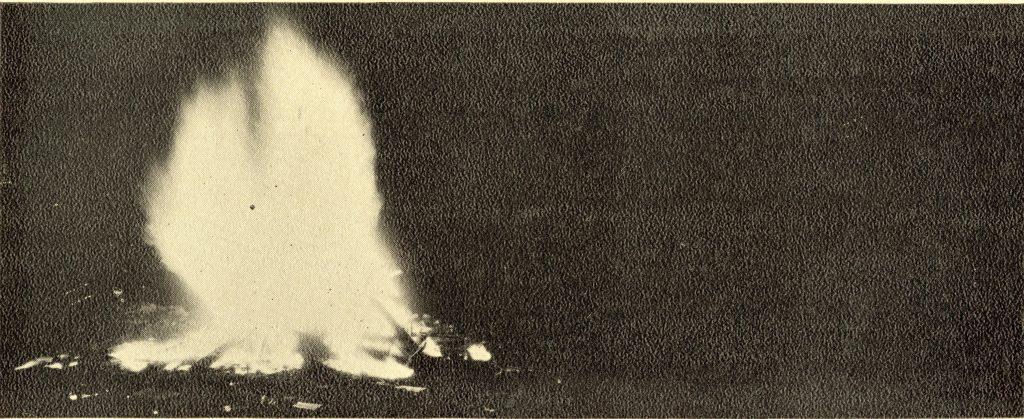
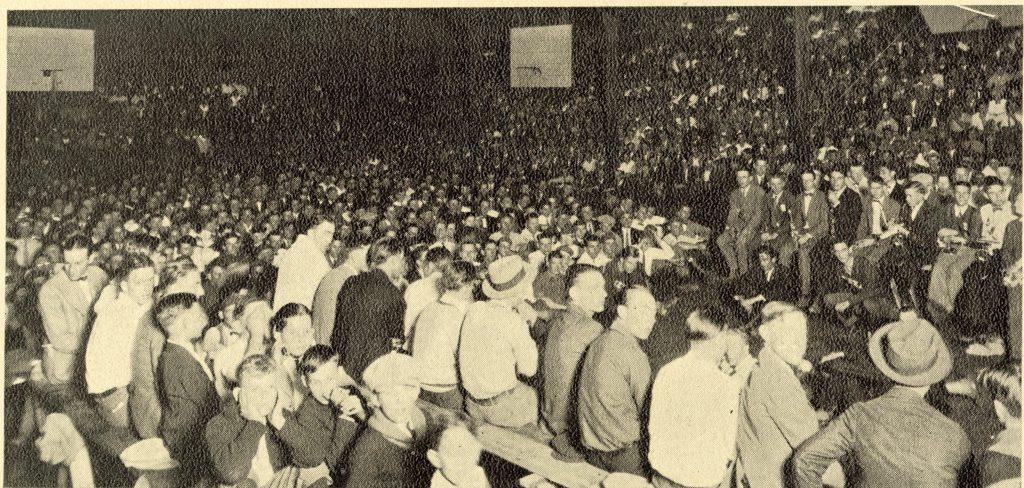
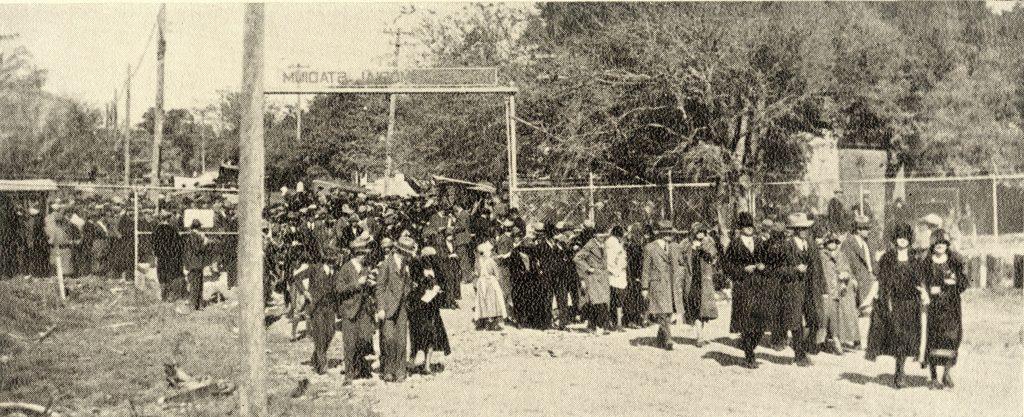
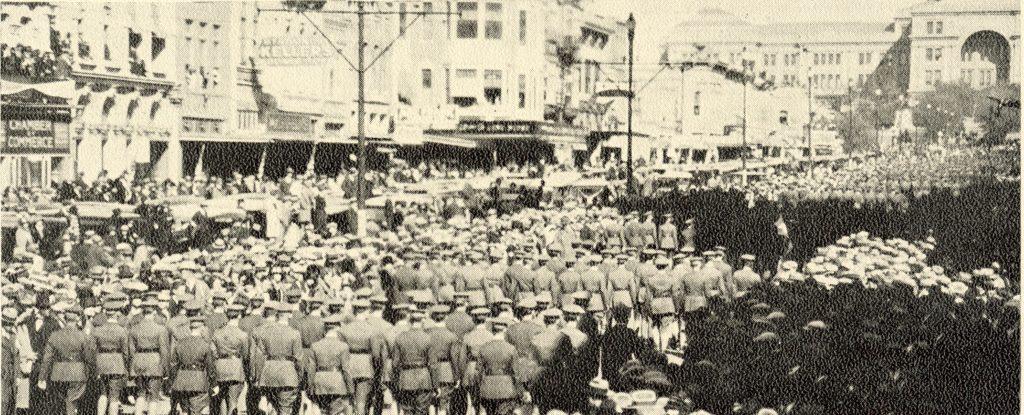
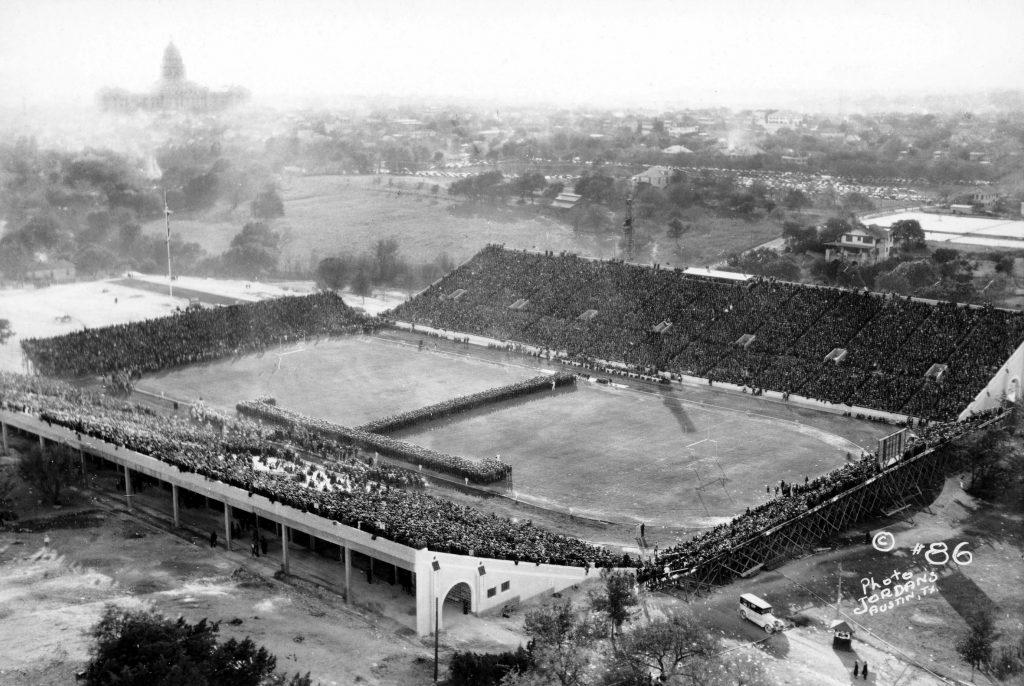
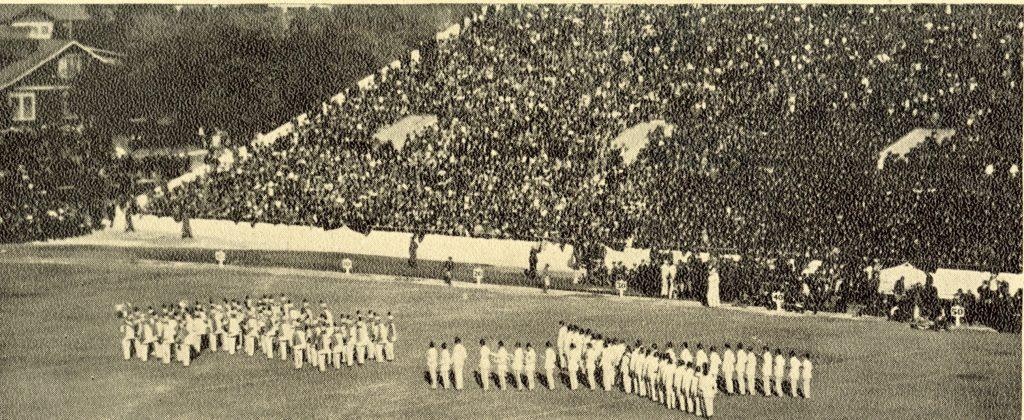
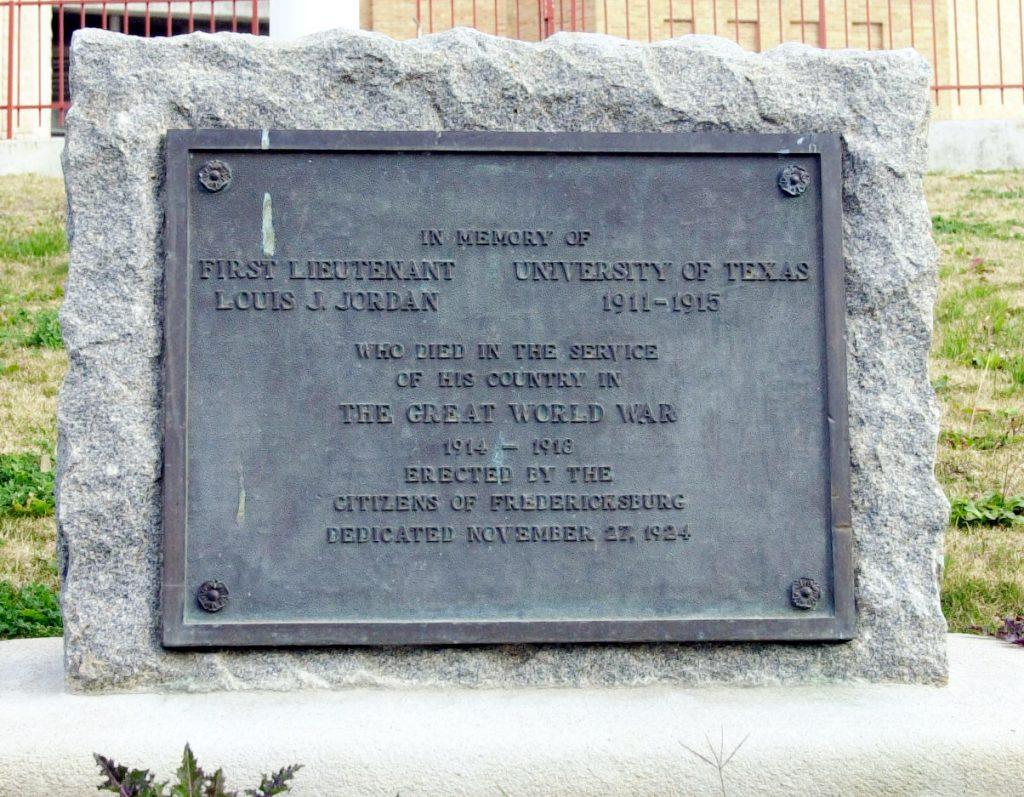
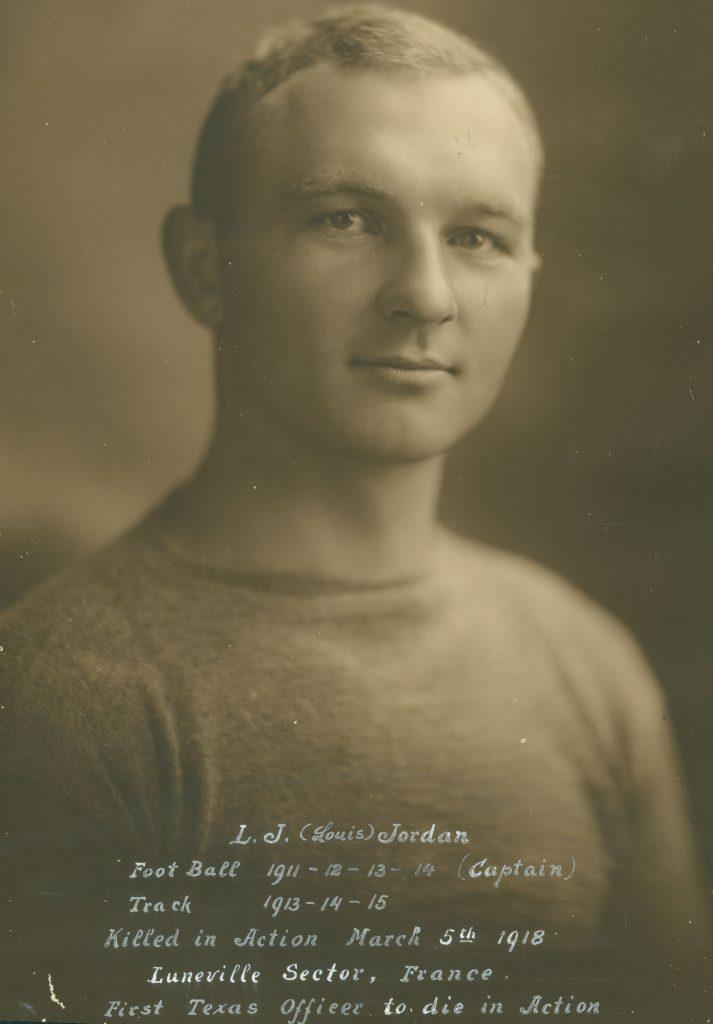
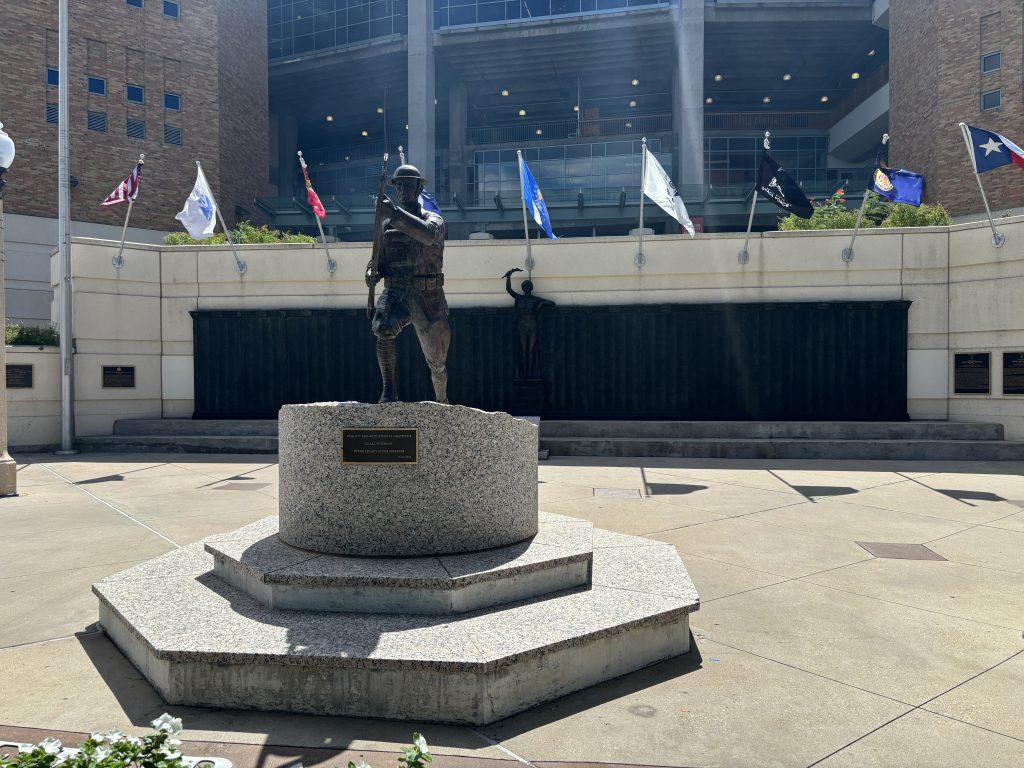
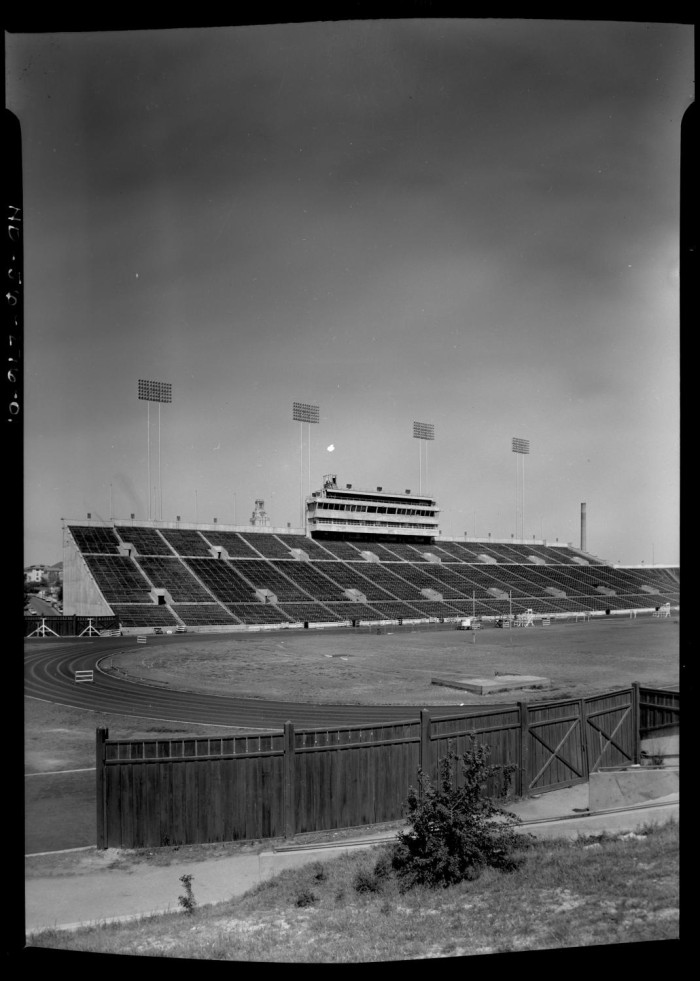
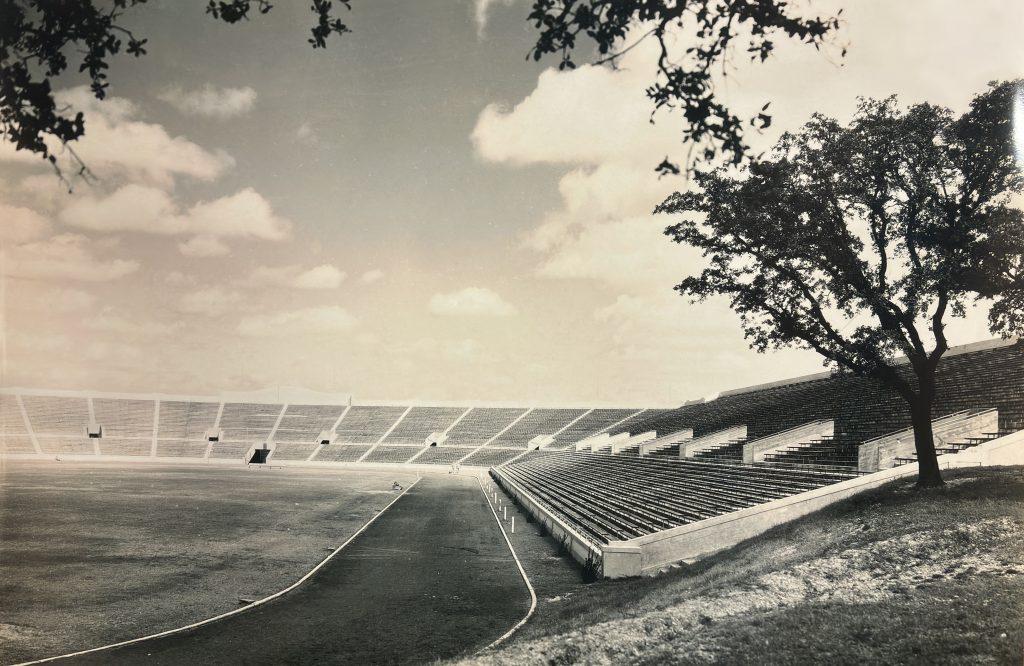
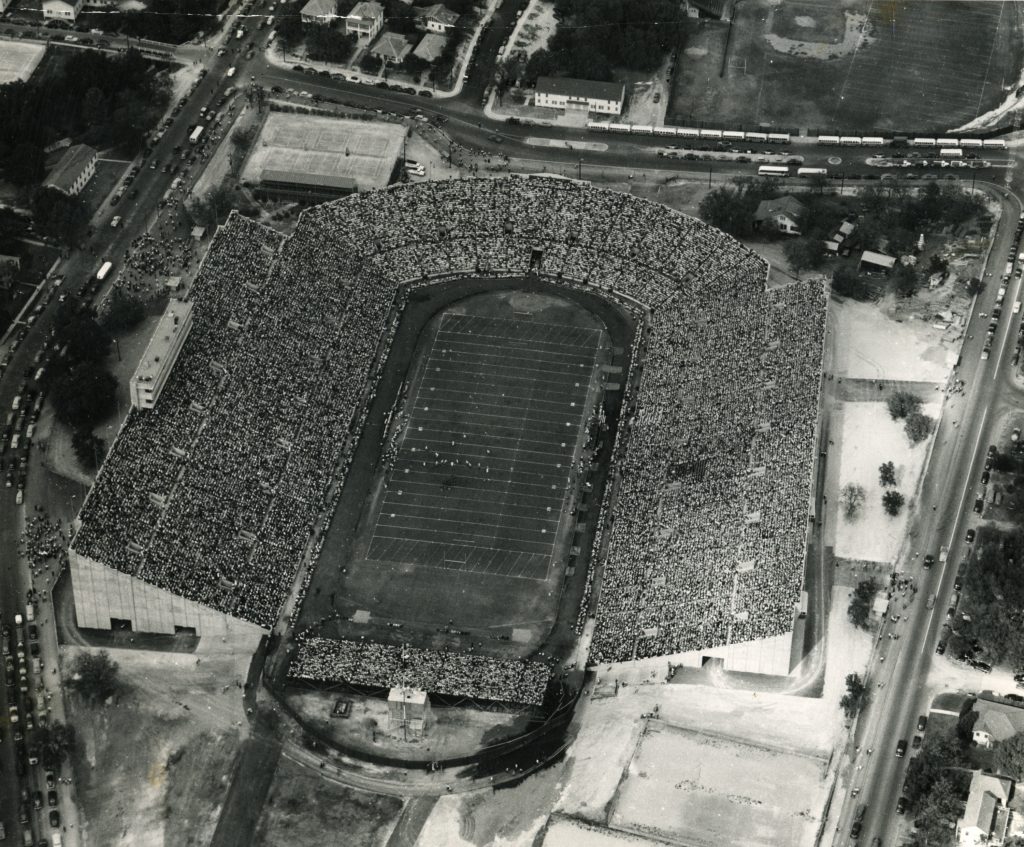
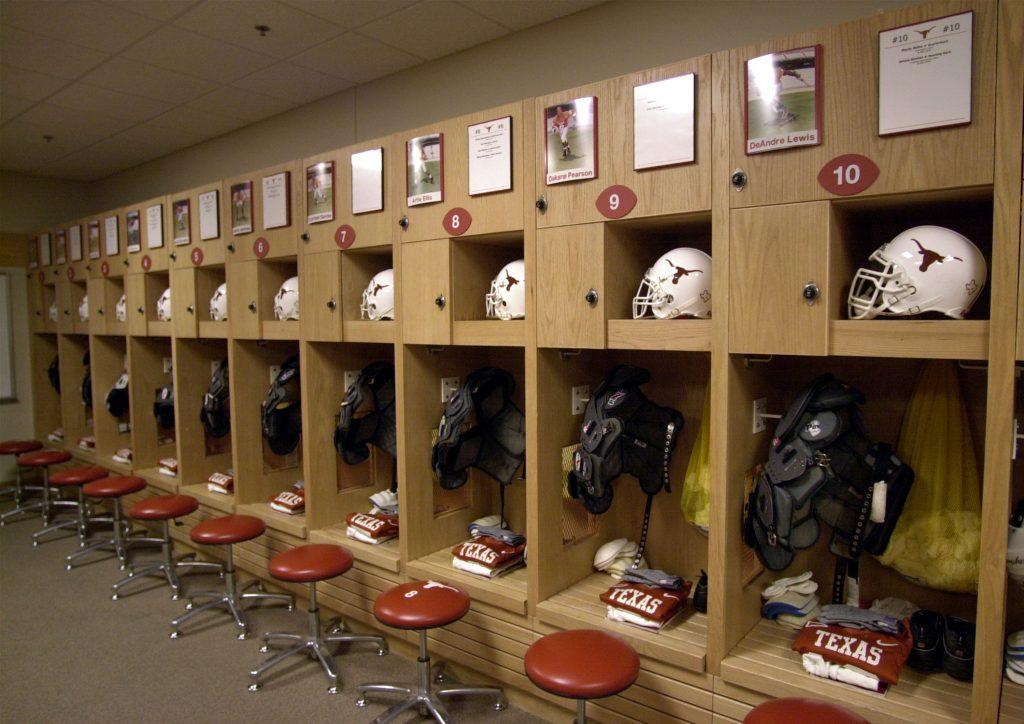
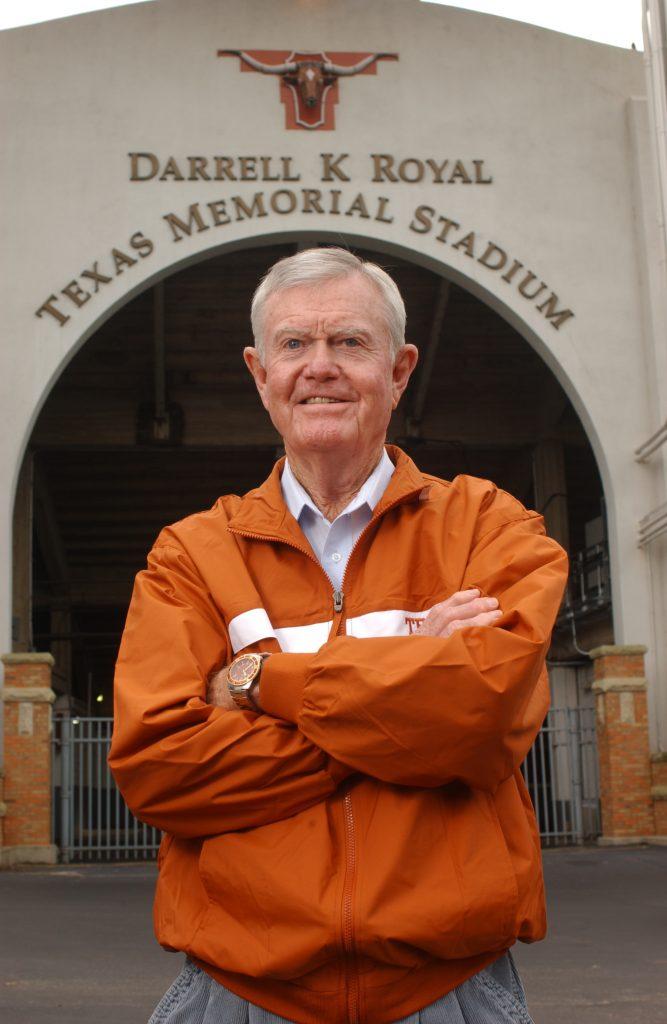
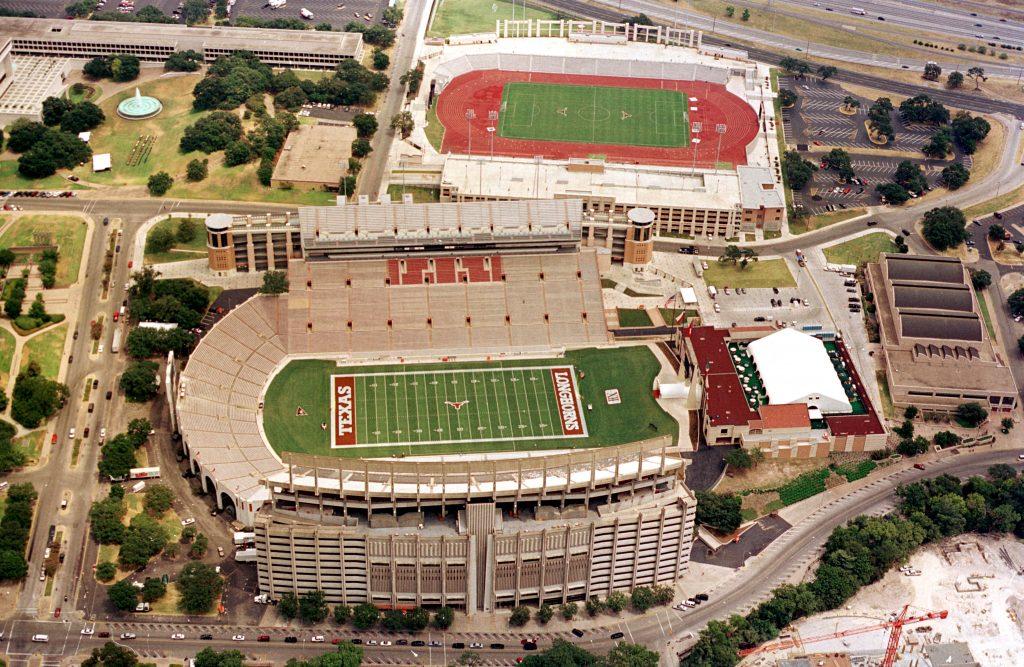
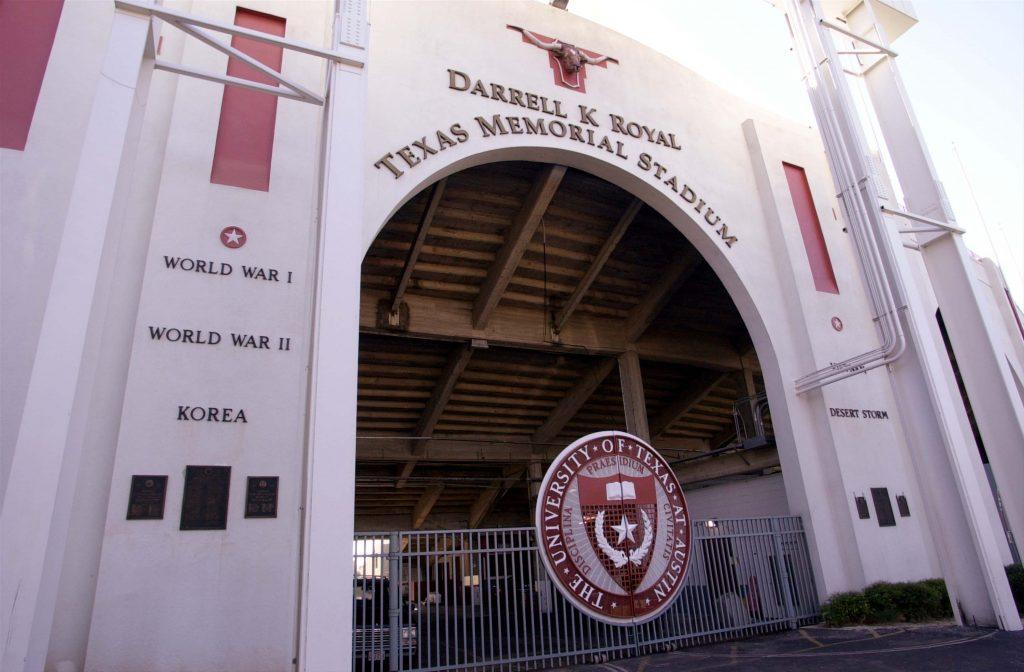
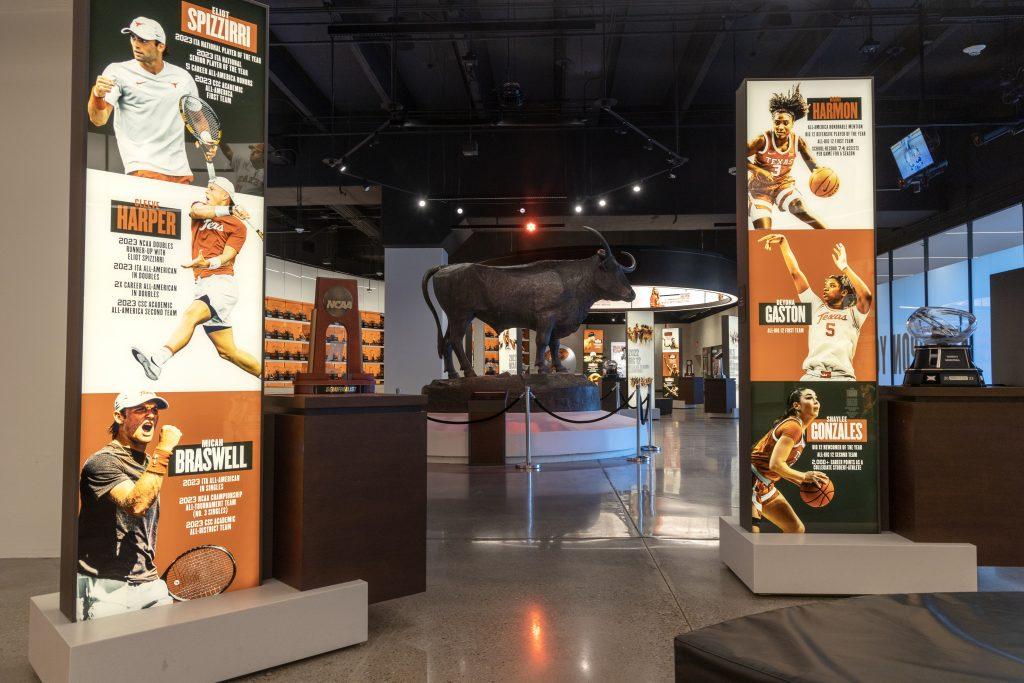

Leave a Reply